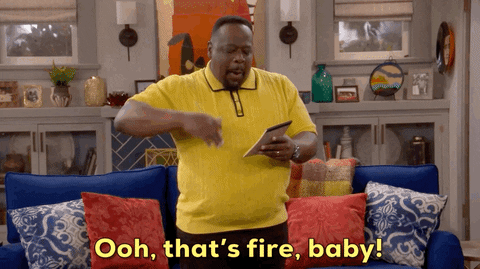The answer to how to write about anything you don’t have personal experience with is: with plenty of research, unbiased exploration and sensitivity checks.
Some people advocate for writing only that which you have personal experience of.
But for me, the purpose of writing is to explore the world and the human condition.
For that to be satisfying for me, I need to be able to explore every character as they are – warts and all, so to speak.
I don’t feel that I should be limited from exploring how someone or something is different from how I am, so long as I write my representations accurately.
I think we can and should write about things we don’t know about.
Mental health issues are also a way of showing diversity in your story, as well as highly reflective of real life.
The difference between inventing an alien race and writing about things that people experience in the world today is that you should always remember that you can do harm when you do it wrong.
If you write a sensitive topic or theme into your book and you do it poorly, you can do damage to a group of people.
By inaccurately representing mental health issues in your writing, you can help isolate people, make them feel worse about themselves and even sway public opinion in ways that are harmful to people dealing and living with those issues.
The one caveat I will state is this: you will get things wrong. We all do.
Especially, when we’re exploring and learning.
But as long as you don’t stop there, you should be fine.
First comes an unbiased approach.
When you’re genuine in your desire to explore something that you have no knowledge of but thousands of people live with daily, schooling yourself to curiosity and an unbiased approach is vital.
Bias is a disproportionate weight in favour of or against an idea or a thing – usually in a way that is closed-minded, unfair or prejudicial.
Biases are both innate and learned.
You can develop a bias for or against a belief, a group or an individual.
And yes, we all have them about varying things.
An example of a negative bias is that all women are weak. It’s an assumption many people hold despite there being much evidence to the contrary.
So, when you’re going into something new, don’t let your biases get in the way of learning.
Being aware of your biases isn’t easy, but becoming aware of them and challenging your existing beliefs is the only way to truly circumvent them.
The most effective way of setting your biases aside is to ask questions, even the ones that have seemingly obvious answers.
Don’t assume anything.
And stay away from leading questions because, at best, they will only give you the answers you think you want (and not the answers you truly need) and, at worst, they will offend someone because you’re making poor assumptions.
You can often recognise a leading question by the fact that the only available answer is a simple ‘yes’ or ‘no’.
Example of a (1) leading question vs. an (2) exploratory one:
- You were in Paris last week, weren’t you?
- Where were you last week?
When asking questions, favour the journalistic six: Who? What? When? Where? How? Why?
And once you’ve got an answer to your first question, ask follow up questions to get details on specific issues you’re interested in.
Then comes research.
Do your due diligence and find out more about how something works. If you dive in headlong without knowing anything about it, you’re more likely to get it wrong from the get-go.
And this is true regardless of whether you’re writing about ADHD or flying a fighter jet.
So, do your research, put that curiosity to good use, and learn more.
Find the primary sources – ask people directly, read their blogs, biographies and articles written about them, and follow their social media accounts.
There are plenty of educators out there who will happily share what they know with you.
Last comes the sensitivity check.
Have people from the group you’re writing about read through your story.
Get them in as alpha or beta readers and have them vet your story for accuracy.
You can also pay experts and sensitivity readers to read your material and make sure you’ve got it right.
Once you’ve done all of this and get the all-clear from your sensitivity readers, you can be satisfied that you’ve done your responsibility as a writer.
Because the burden of doing it right is on you.
And remember: when you write your characters as people first, you avoid a lot of the stereotypes and badly executed tropes, to begin with.
We can find a wonderful example of writing a difficult mental illness into a story in Arcane. They could have easily fallen into the trap of playing up an insane character for laughs and gags. (which isn’t uncommon in game design).
Instead, Jinx’s suffering is very real and we, as the audience, can see it and understand it.
This breakdown of how Arcane got it right by Flying Walrus is worth checking out:
Want to get more out of reading books?

Grab this FREE guide on how to start a reading journal, complete with review templates, reading trackers and bingo sheets.
Understand yourself better as a reader, engage more with the books you read & make space for creative self-expression. Get it now!





